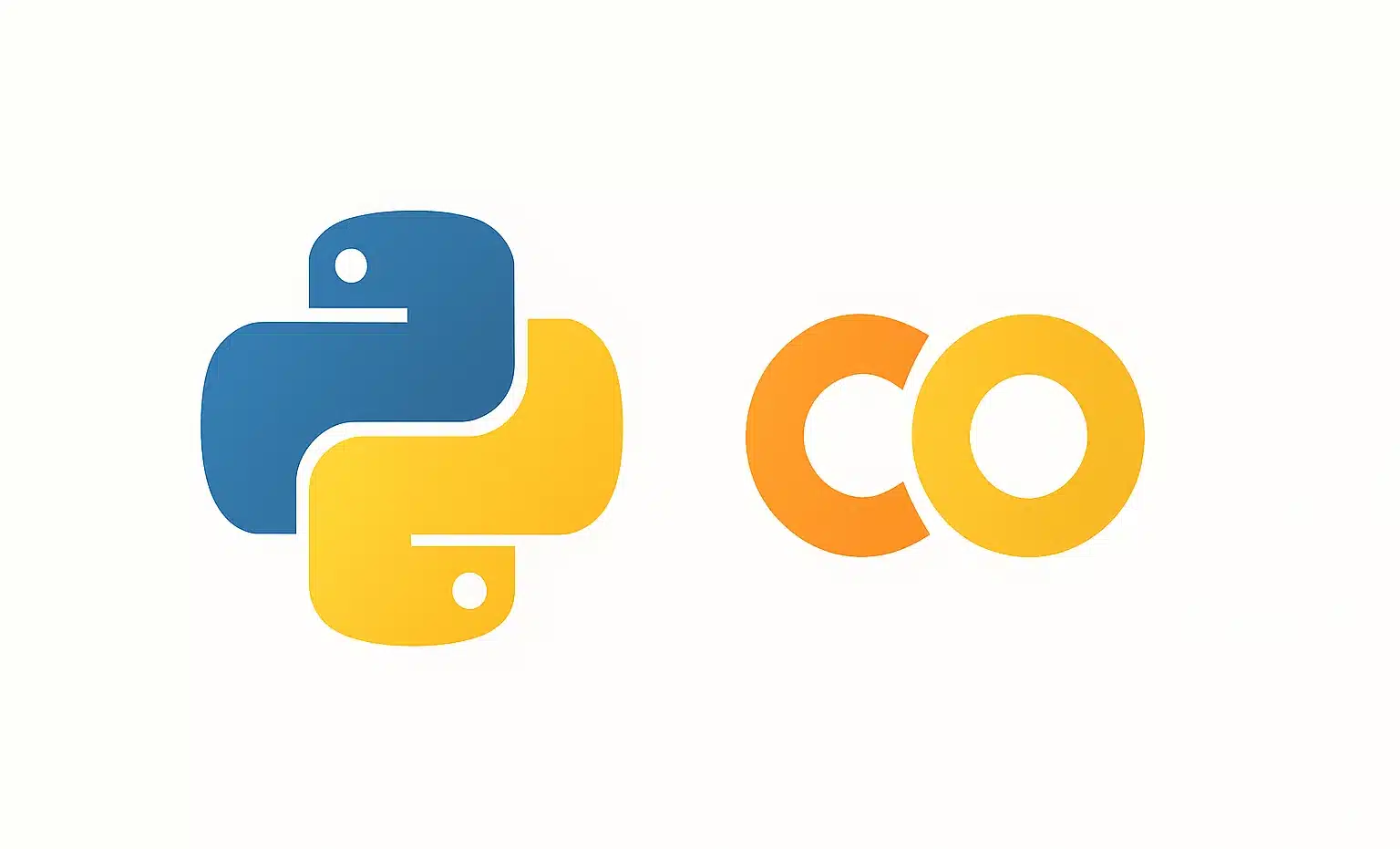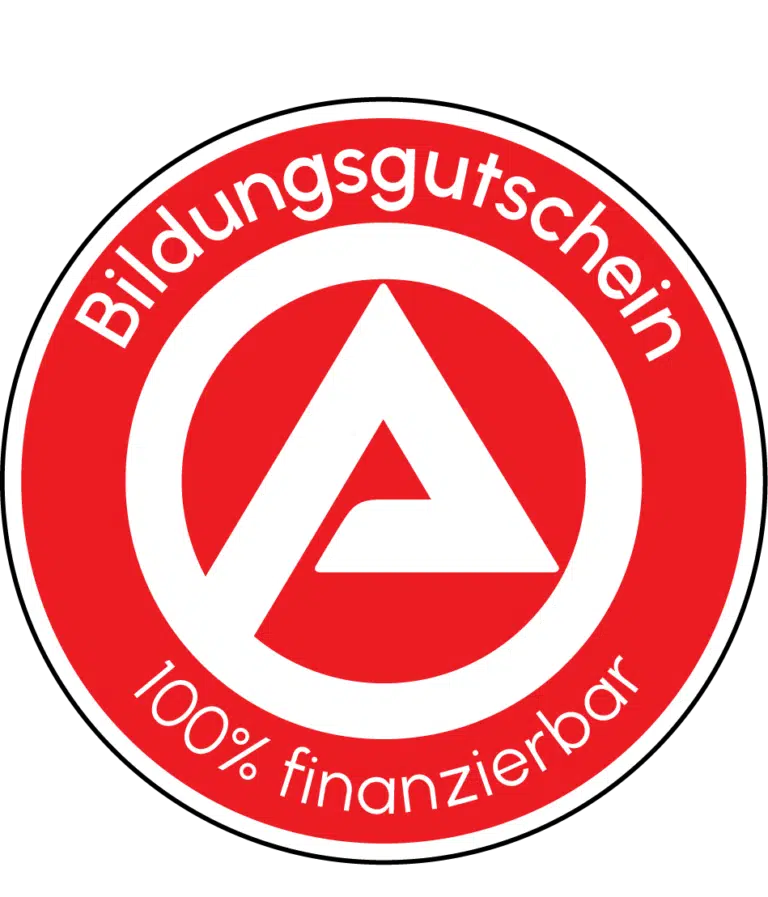Are you a web designer aiming to craft a portfolio that captivates, leaves a lasting impression, and opens doors? In this article, we’ll explore inspirational examples, the top platforms to kickstart your journey, and offer guidance for creating a portfolio that is visually appealing, strategically sound, and 100% effective.
Why is a portfolio indispensable for a web designer?
If you’re a web designer, your portfolio is your ace in the hole. It extends beyond demonstrating your abilities, it solidifies your skills in a practical way. An outstanding portfolio allows you to make a strong impression immediately, unlike a standard resume which often feels impersonal.
It’s also a powerful tool for building trust with future clients or recruiters. With just one click, they can delve into your creative realm and grasp your distinctiveness. Your portfolio becomes your most effective ambassador, accessible anytime, anywhere.
Let’s delve into the essential components that should be included to craft a robust and impactful portfolio.

The Key Elements of a Strong Web Designer Portfolio
A Curated Selection of Projects
Your portfolio should not be a random assortment. Choose projects that embody your style, demonstrate your standards, and showcase your ability to fulfill a brief. What viewers seek is evidence of expertise, not a comprehensive archive.
Ensure to provide context for your creations. The visuals are crucial, but so is the narrative of your approach. In doing so, you’ll underscore your creative acumen.
A Design Reflective of Your Visual Identity
As a designer, your portfolio should be a true reflection of that. Colors, typography, layout—everything ought to express your professional character. There’s no need for excess: consistency outweighs complexity.
Every detail counts. Even subtle interactions can enhance the overall experience. Think of your portfolio as a digital self-portrait.
Smooth and Responsive Navigation
If your site is sluggish, confusing, or not optimized for mobile, you’ll lose points instantly. Navigation should be intuitive, seamless. The user should easily find what they’re searching for, on any device.
Well-designed navigation is like good UX: it’s unnoticeable but greatly appreciated.
A Concise Professional Introduction
Visitors are keen to know who they’re engaging with. An “About” page is non-negotiable: It provides a human context to your creations. Convey your journey, your approach, your values in a few lines.
Remain modest but let your uniqueness shine through. The aim isn’t self-promotion but making people eager to collaborate.
An Effective CTA (Call to Action)
Once your work has impressed visitors, they need to know the next steps. A well-crafted, clearly placed call to action will gently nudge them to reach out. Phrases like “Start a project together,” “Contact me,” or “Schedule a meeting” work well.
Position it in key areas of your site, without disrupting the user journey. Your aim: facilitate conversion without pressure.
Pitfalls to Avoid in a Portfolio
- Excessive projects: you lose focus in quantity
- Lack of context: the visitor is unsure of your role
- Outdated or cluttered design: it undermines your credibility
- Complicated navigation: nothing is found and visitors leave
- Non-responsive site: problematic on mobile
- Missing call to action: visitors are left without direction

Inspiration: 3 Exemplary Web Designer Portfolios
UX/UI Portfolio
The portfolio of Gloria Lo exemplifies UX structure. You follow her thought process step-by-step, from identifying needs to completing the prototype. This is precisely what a UX recruiter looks for: the ability to explain your reasoning and showcase your user-centric thinking.
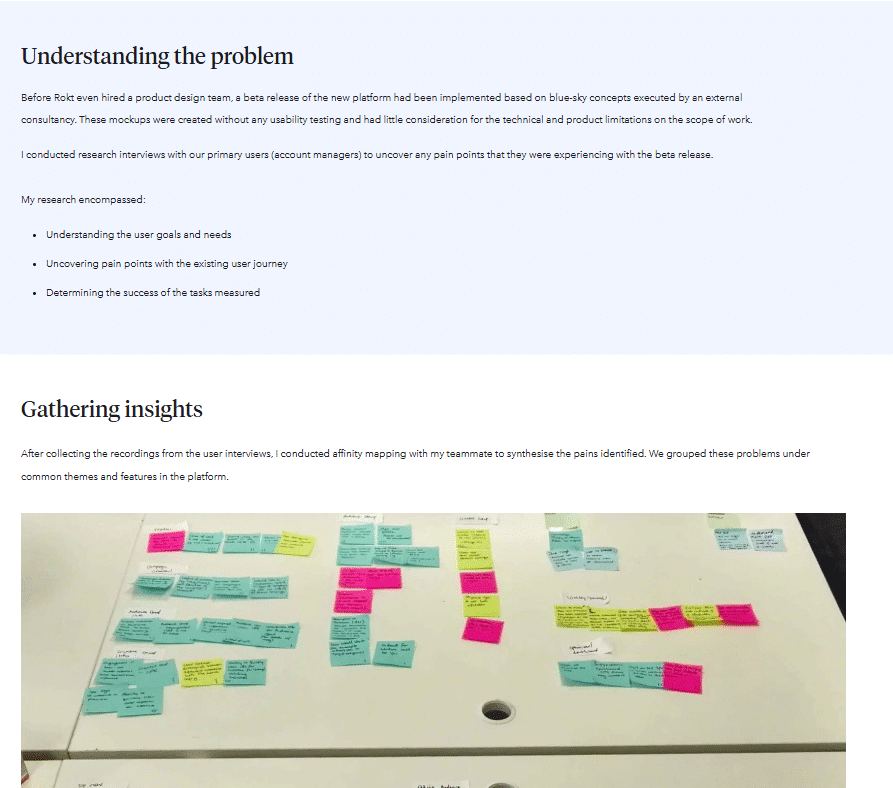
Interactive Portfolio
The studio site Madnomad® offers an engaging experience with hover animations and refined transitions. Such a project demonstrates comfort with current front-end technologies and an ability to captivate without sacrificing readability.
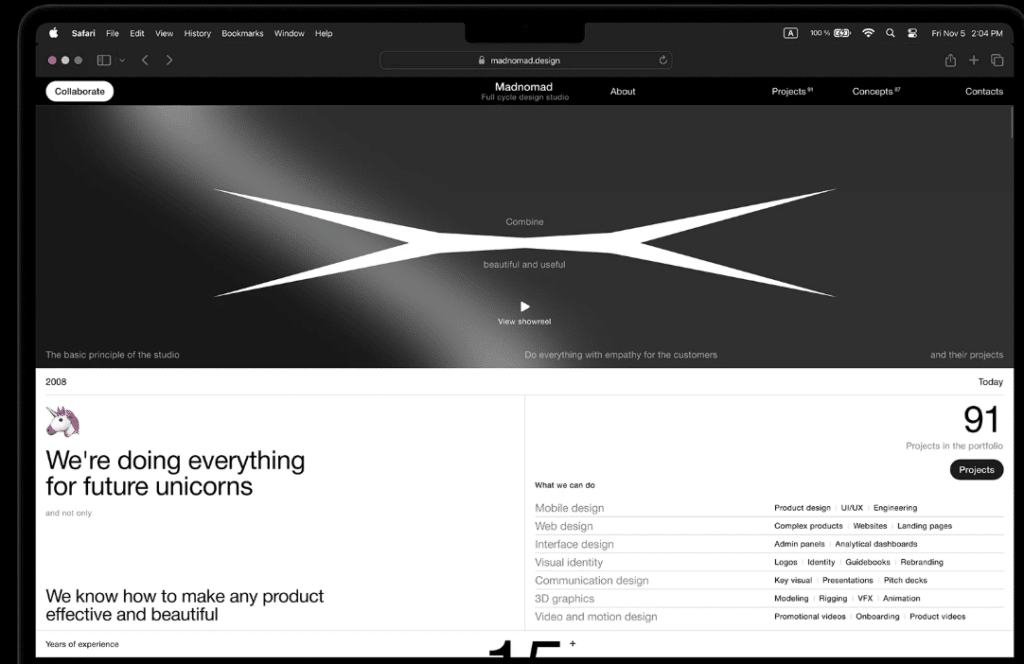
WordPress Portfolio
If flexibility is your aim, MinLoveCat’s portfolio will convince you. The theme is well-suited, content is organized, and the SEO benefits of WordPress are exploited. It’s a robust solution, ideal for continuous development.
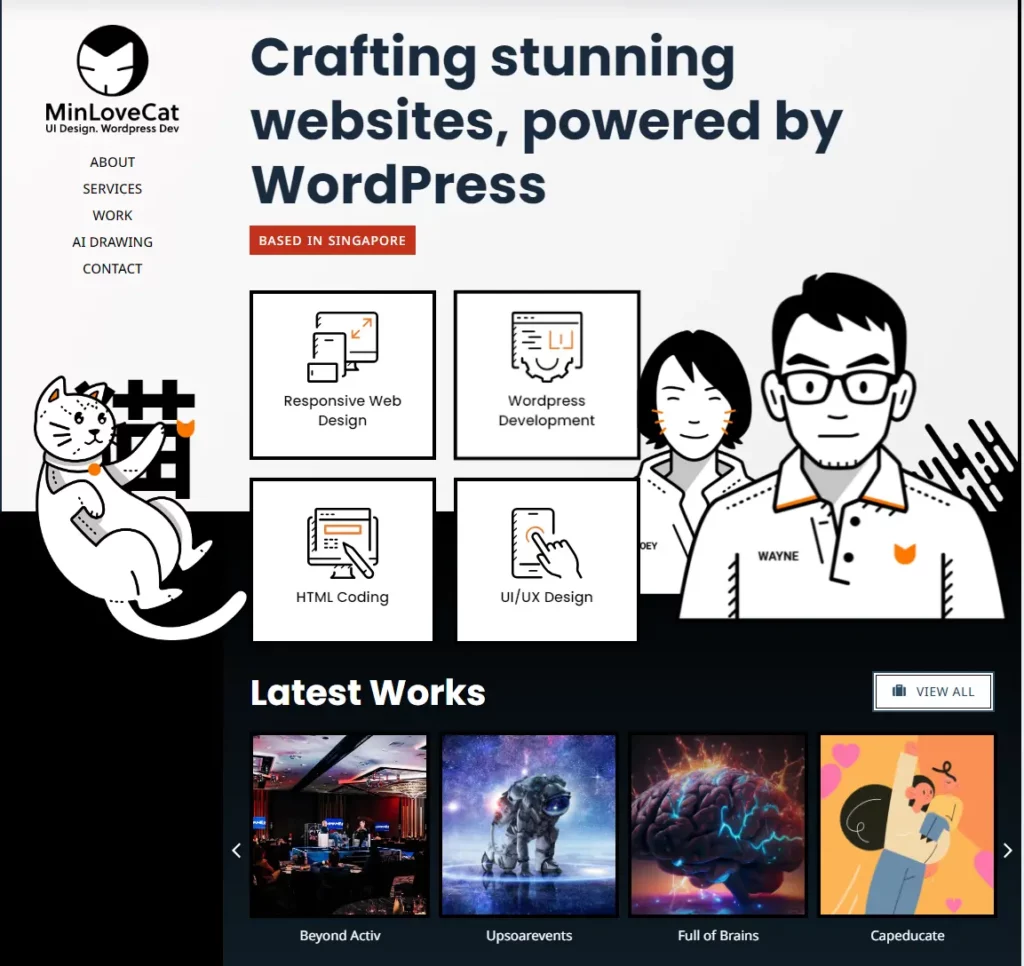
Tools and Platforms for Building Your Portfolio
Behance, Dribbble, Adobe Portfolio, WordPress, Webflow, Wix, Framer
Here’s a comparison of major platforms to help you choose the one that fits your needs:
| Platform | Main advantage | Required level | Ideal for |
|---|---|---|---|
| Behance | High community visibility | Beginner | Graphic designers, illustrators |
| Dribbble | Inspiring UI/UX design | Intermediate | UI designers, freelancers |
| Adobe Portfolio | Integrated with Creative Cloud | Beginner | Adobe users |
| WordPress | Full customization | Intermediate / Advanced | SEO, long-form content |
| Webflow | No-code responsive design | Intermediate | Tech-savvy creatives |
| Wix | Simplicity and speed | Beginner | Effortless first steps |
| Framer | Premium experience, animations | Beginner / Intermediate | Impactful creative websites |
This comparison will guide you in making an informed decision based on your profile, objectives, and budget.
Benefits of a Custom-Built Portfolio Site
Creating a personalized site from scratch offers several strategic advantages:
- Fully assert your visual identity
- Optimize SEO for your name or key skills
- Take control of every aspect of the user journey, from header to footer
- Enhance credibility with discerning recruiters or clients
- Freedom to evolve without technical or platform limitations
If you have coding skills or can collaborate with a developer, this option offers the most long-term rewards.
Is a Free Portfolio Enough to Start?
Yes, it’s an excellent starting point. Tools like Wix, Adobe Portfolio, or even Canva enable you to launch your first portfolio online in a few hours, free of charge. This approach allows you to validate your structure, define your positioning, and begin increasing visibility.
However, as time passes, these platforms may show their limitations. If you aim to elevate your expertise, bolster your SEO, and create a more customized, evolving, and enduring site, you might need to consider alternative options.
Conclusion
A commendable web designer portfolio encompasses more than stunning visuals. It narrates your story, showcases your capabilities, and directs users clearly. By selecting the right tools, drawing from the best, and steering clear of common mistakes, you’ll construct a unique presentation that sets you apart. The next step is yours to take.




